The Kyrgyz Agro-Input Enterprise Development (KAED) project, financed by USAID for $24 million and implemented by the International Fertilizer Development Center (IFDC), has been operating in Kyrgyzstan since September 1, 2001.
Основной задачей данного исследованиям является разработка комплекса оценки влияния ледников и сезонного снежного покрова на водные ресурсы горных систем Гималаев, Каракорум, Хинду Куш, Памир и Тянь-Шань, в совокупности составляющими азиатское высокогорье. Эти горные массивы находятся на территории Бутана, Непала, Китая, Индии, Пакистана, Афганистана, Казахстана, Узбекистана, Кыргызской Республики и Таджикистана.
The fundamental objective of this collaborative study is to develop a thorough and systematic assessment of the contribution of both seasonal snow and glaciers to the water resources originating across the Himalaya, Karakoram, Hindu Kush, Pamir and Tien Shan mountain ranges, referred to here as High Asia. These mountain ranges are located within the countries of Bhutan, Nepal, China, India, Pakistan, Afghanistan, Kazakhstan, Uzbekistan, Kyrgyzstan and Tajikistan. These countries, containing the headwaters of the Brahmaputra, Ganges, Indus, Syr Darya and Amu Darya rivers, all possess significant snow and ice resources. The amount, timing and spatial patterns of snow and ice melt play key roles in providing water for downstream irrigation, hydropower generation and general consumption. Water security in such high-altitude regions of the world is par-ticularly sensitive to climate change because of the significant role of snow and glaciers.
Проект направлен на повышение конкурентоспособности кыргызстанских компаний путем оказания технической помощи для увеличения объемов их продаж.
On July 21, 2014, U.S. Secretary of State John Kerry announced that the United States is providing $47 million to help the humanitarian situation in Gaza. To address the urgent needs in Gaza, USAID is drawing from these funds to provide food; clean water; basic commodities; health care and medical assistance; and shelter protection. As of November 4, USAID has provided the following assistance.
A high-level U.S. Government (USG) delegation travels to West Africa to assess the EVD response and liaise with stakeholders U.S. President Barack H. Obama lauds ongoing USG efforts to respond to EVD in West Africa
A 65-person U.S. Public Health Service (USPHS) team arrives in Monrovia, Liberia, to support the USG response to the EVD outbreak. The first contingent of Cuban health workers arrive in Guinea.
Protracted conflict, high levels of insecurity, inhospitable terrain, severe climate and weak infrastructure have plagued Afghanistan for the past 30 years. Afghanistan’s humanitarian landscape is further complicated by several other factors: a majority of the population lives in hard-to-reach rural areas, over 700,000 Afghans are internally displaced by conflict, over 200,000 people are exposed to natural disasters each year, and more than 2.2 million people are severely food insecure.
Проект направлен на профилактику ВИЧ-инфекции среди ключевых групп населения, находящихся в заключении и освободившихся из мест лишения свободы, через повышение доступа к качественным услугам по профилактике ВИЧ-инфекции, лечению, уходу и поддержке.
Целью пятилетнего проекта USAID «Победим туберкулез» является снижение бремени туберкулеза в Кыргызской Республике. Проект направлен на предотвращение распространения лекарственно-устойчивой формы туберкулеза, поддержку равноправного доступа к качественным услугам по туберкулезу для уязвимых групп населения и укрепление системы здравоохранения.
USAID’s Defeat TB Project is a five-year endeavor designed to reduce the burden of tuberculosis in the Kyrgyz Republic. Its implementation limits the development of drug-resistant strains of the disease, supports equitable access to quality health care for vulnerable groups, and strengthens the national healthcare system.

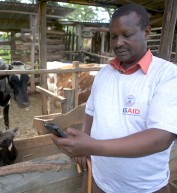
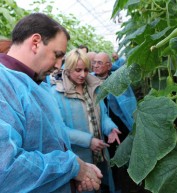
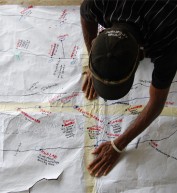
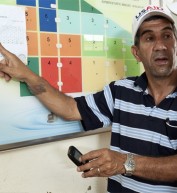

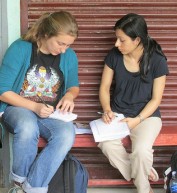
Comment
Make a general inquiry or suggest an improvement.